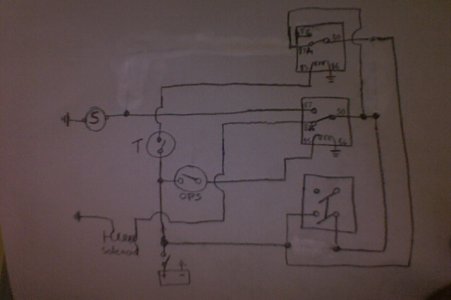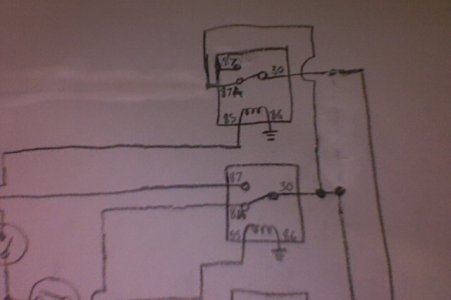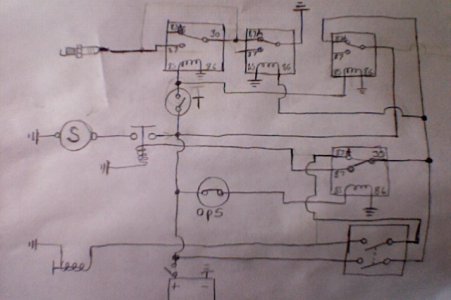Robbyrockett2
Air-Valve Autobot!
Good for those, who can get a golf cart. But they don't need to even think about the compressors!
I've seen several of DIY ideas for gas powered comps:
straight connection without any pressure switch etc - pump and the engine work all the time, it's no good at all.
centrifugal clutch - seems good, but engine works continuously at the time pump stops (good). I don't know how to lower the engine's RPM here automatically when the tank is full . It's possible, but it seems it requires complicated solutions. I thought about this way of making gas powered one, but today saw that video with electric start engine. I'm impressed, need to think over it.
engine with electric start - I think it's the easiest solution. Both pump and engine stop, it's real good. Here life of the parts become longer and you don't need to burn your gas all the timeFor an easy start (it's very important for gas engine start, I think) we can use the same valve that's used in random comps (that drops down the pressure between the tank and the pump).
On the centrifugal clutch . You would just wire an electric solenoid to the pressure switch. It pulls the throttle when air is low, thus accelerating the motor and engaging the clutch
It releases the throttle when the air is full, thus disengaging the clutch and returning the engine to idle speed.
Works exactly like electric compressors, except the throttle is what is controlled and the motor either revs up or idles.
No need for timer circuits or decompression valves.
Yeah starting and stopping the motor is great for not burning gas, depending on how you use it. ( keep in mind a carbureted motor can idle 3-10 minutes on the amount of gas it wastes to start up)
I still like the idea, however, also keep in mind , how long will your starter last if it is used every 5 or ten minutes?
It's also easier on an engine to idle for 8 hours then to start and stop 25 times.
Which is better just depends on how you use the compressor
Here you can find old gas golf carts for $100 sometimes. The ones that operate like I was saying have very large starters with very large gear teeth and are designed to be used very frequently. But might be a better idea just to get a muffler for one. I don't know what a golf cart motor and starter weigh, The starters are sometimes as large as the motors.
Last edited:




